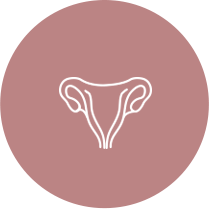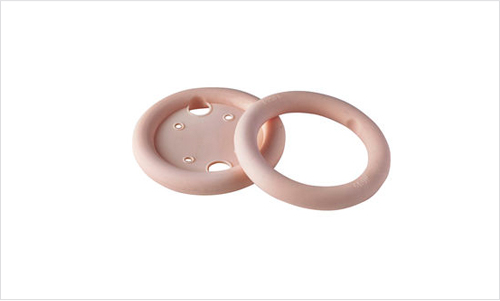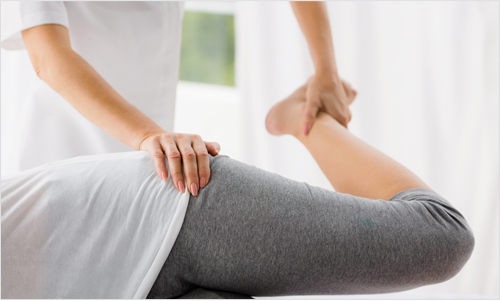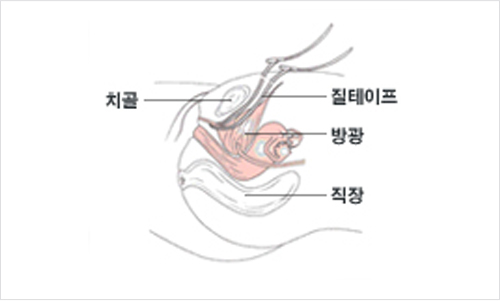From the moment we first meet with patients,
we will take care of them like a family with faith, hope, and love.
Wellness Hospital treats even the hearts of customers through experts treatment and specialized medical services.
It is a phenomenon in which urine leaks suddenly regardless of one's will. It has various causes and can occur to anyone, regardless of age or gender, but it is most common in middle-aged and older women. 30-40% of adult women and more than 20% of women in their 40s suffer from urinary incontinence.
!
From January 1, 2006, urinary incontinence surgery is covered by the National Health Insurance (of Korea), so you can receive the procedure at a low price.
-
1
the weakening of the pelvic muscles after childbirth
-
2
the bladder to sag or the function of the urethral sphincters to decrease
-
3
difficulty in childbirth, a decrease in female hormones, or obesity
Stress urinary incontinence
Stress urinary incontinence: Incontinence that occurs when abdominal pressure increases, such as when coughing or laughing, and is the most common form of female urinary incontinence.
Overactive bladder (urge incontinence)
It is caused by sudden, unbearable urge to urinate. It accompanies leakage of urines before going to the bathroom or taking off underwear, or spontaneous contraction of the bladder when the bladder is not filled with enough urine.
Reflex Incontinence
It refers to a condition in which urine overflows when the bladder is full and can no longer store urine. It can be caused by loss of bladder contractility or obstruction of the urethra.
-
· Medications
The drug is administered to stabilize the smooth muscles of the bladder, which is responsible for storing and excreting urine, and to increase the contractility of the urethral sphincter.
-
· Insertion of pessaries
A silicone pessary can also be inserted into the vagina. A pessary that lifts a loose bladder is easy to put on and take off, and is effective for tension incontinence.
-
· Pelvic muscle exercise
It is a way to increase the strength of the pelvic muscles by training the closure of the urethra, vagina, and anus, but its effects can be seen after a long period of time and should be continued even after a full recovery. Patients who can not do these exercises are treated with hyperstimulation electrical therapy.
It is to achieve the effect of exercise therapy by forcing the involuntary muscles to move using electricity. Biofeedback therapies can also allow the patient to see directly on the monitor how the EMG changes as their pelvic muscles contract. With this method, you can find the pelvic muscle exercise method that is right for you.
-
· TOT incontinence surgery performed
Urinary incontinence surgery is performed when non-surgical treatment fails to cure the diseases, and although there are differences depending on the surgical methods, the success rate is about 80%. The principle of the operation is to supplement the weakened muscles around the urethra. A simple surgical method has been developed which involves pulling up the urethra by inserting a net-shaped band so that urine does not flow even when the abdominal pressure rises. The method has a good effect on stress incontinence patients.
At our clinic, we offer TOT incontinence surgery, which is the most effective and has no side effects so far. Surgical effect: Clinical results show a cure rate of 98. Urinary incontinence symptoms disappear immediately after surgery.
01
Questionnaire: The main cause of urinary incontinence is the weakened pelvic floor muscles, and childbirth and pregnancy may have a great influence on them. Checking the presence of residual urine and reviewing urination habits also helps in an accurate diagnosis.
02
Urine test: It can help finding bladder inflammation or other urinary disorders.
03
Urodynamic test: The test measures bladder pressure and checks whether urine leaks or residual urine remains when abdominal pressure rises. A urethral tube is inserted and saline is injected into the bladder. This test takes about 30 minutes and is essential for surgery. If necessary, bladder ultrasound is performed to check for any abnormalities in the bladder.









